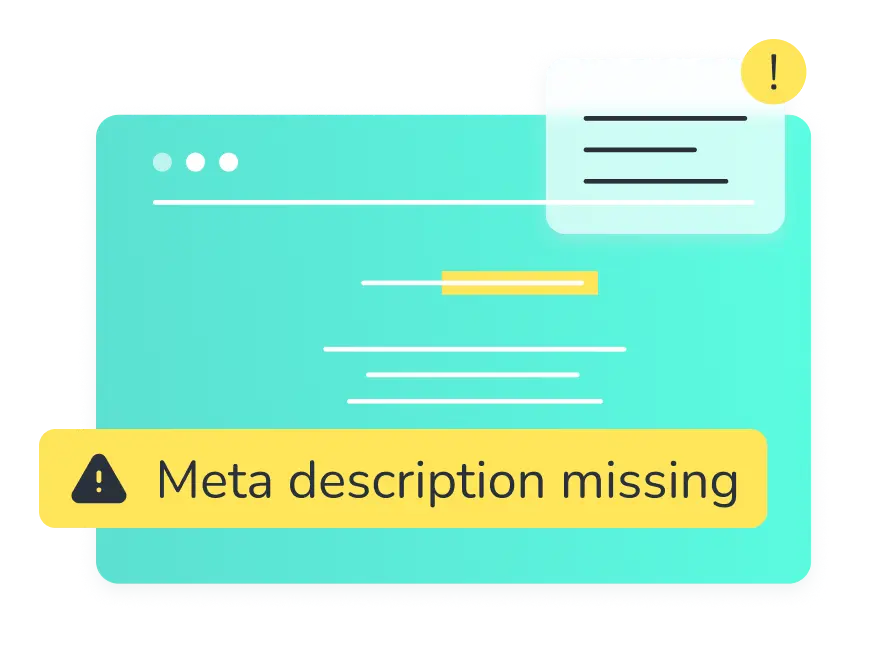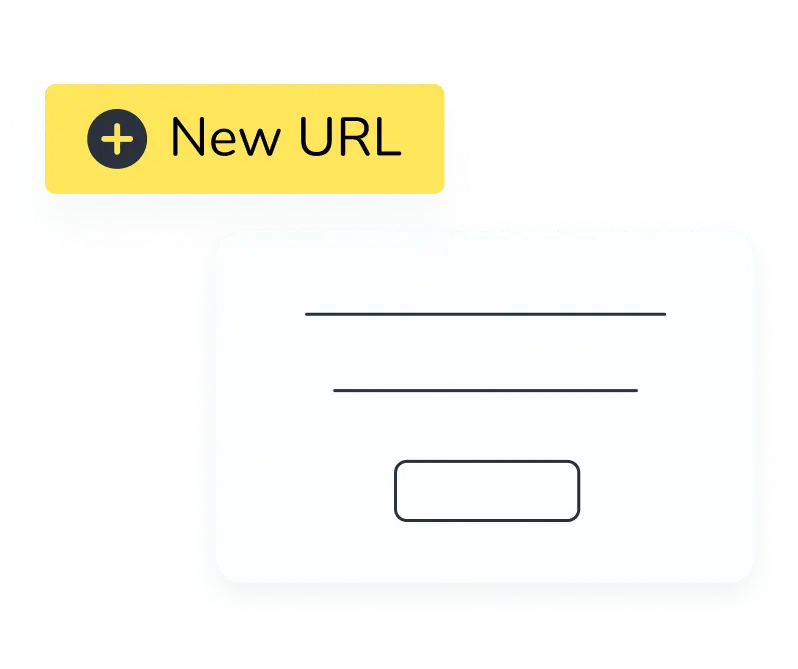
ChangeTower automates SEO monitoring
The rise of generative AI has made life more difficult for SEO professionals than ever before. It’s important to incorporate tools in your tech stack that provide real-time information on internal and competitor site architecture, URL changes and redirects, content updates, query inclusion or removal, and more. ChangeTower can help.
Automate AIO and SEO monitoring by creating monitors to track all of these elements on sites you manage for clients, your website, or for any competitor you are tracking. Easily export reports or share access to streamline competitive intelligence sharing and collaboration. Build an accurate picture of brand authority and optimize your site’s structured data or schema. Do it all with ChangeTower.
Content Change Monitoring
Create monitors around keywords, headings, internal and external backlinks, infographics or other creative elements, and more.

Monitor Meta Info
Monitor meta descriptions and titles, link status elements, and alt text and captions to see the full picture.

Site Architecture Monitor
Track changes to URL structure, new pages, 301 redirects, and other site architecture elements. Go beyond the content for a complete SEO analysis.

News Monitoring
ChangeTower offers a variety of useful tools for news monitoring . Track content changes in a variety of ways - from new pages or posts to changes in keywords or code. Set up email notifications to automatically collect news monitor reports to share with your team or colleagues. Monitor as many different news sources as you need, or create categories of news sources to simplify data collection and review.
Learn More
Monitor Jobs
Trying to monitor jobs manually is time-consuming, inconsistent, and prone to missed opportunities. With ChangeTower, you can automate job monitoring, ensuring you never miss a new posting or update to a position you’re interested in. Our tool alerts you the moment a company updates their careers page—whether it’s a new role, a change in job description, or an opening that reappears. No more refreshing websites or relying on outdated job boards. Stay ahead of the competition, streamline your job search, and act fast on new opportunities with real-time job listing monitor alerts.
Learn More
Domain Monitor
ChangeTower offers a variety of useful tools for domain monitoring within one simple, user-friendly dashboard. Add multiple collaborators to share domain monitoring duties with your entire team, or easily allow clients to view reports or receive notifications. Set up email notifications to automatically collect domain monitoring reports to share with any stakeholder or for planning purposes. Monitor domains for SEO, IT, compliance, competitive intelligence, and more.
Learn More
SEO Monitor FAQ
How can I track site architecture and meta elements with ChangeTower?
Use HTML and coding monitors to gain real-time competitive intelligence on changes "behind the scenes".
Can I use ChangeTower for content and keyword monitoring?
Yes, you can monitor for phrases + target keywords, and create layered monitors to track entire topic clusters and entities on internal or competitor websites.
What makes ChangeTower an effective SEMRush or AHRefs alternative?
ChangeTower is perfect for targeted competitive intelligence, and significantly cheaper than other SEO monitoring platforms.
Does ChangeTower offer AIO monitoring and tracking?
While ChangeTower doesn't offer AIO tracking specifically, you can set up monitors for elements like content structures, schema, meta elements, and more to identify competitor SEO strategies and see how the competition is optimizing for AIOs to inform your own strategy.
Can I use ChangeTower to monitor brand mentions or reputation?
Yes! ChangeTower allows you to track social media pages, media publications, review sites, and more to monitor both new backlinks and brand mentions as they appear. Gain a better picture of brand authority and improve outreach strategy in real-time.